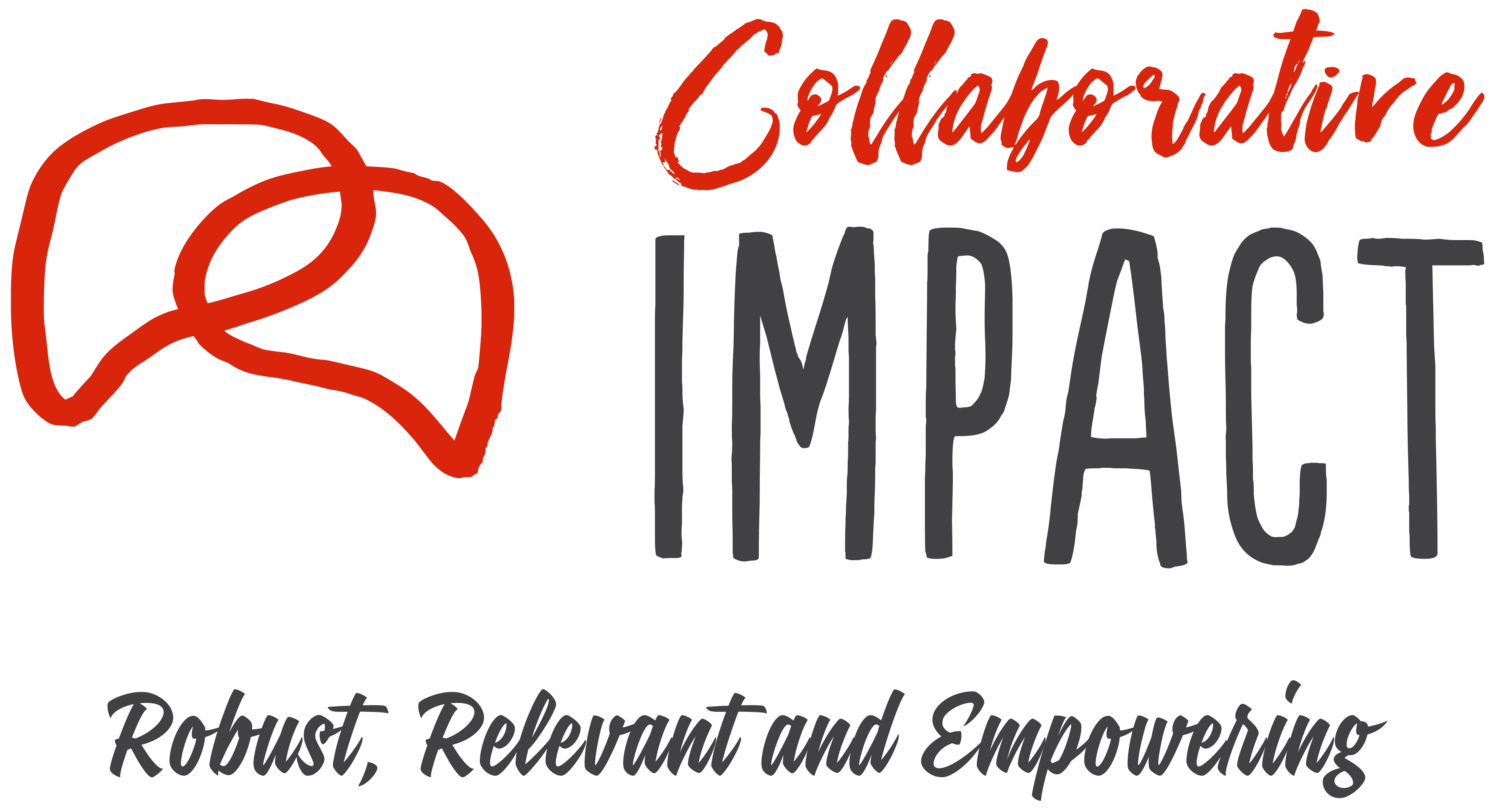Theory of System Change (ToSC)
A Theory of System Change (ToSC) is different from the linear ‘programme logic’-type of ToC most commonly used. It depicts/describes the plausible routes leading to impact, not as a temporal sequence from an organisation’s interventions to predetermined outcomes, but as a system of multiple interacting actors which a group of partners seek to influence towards achieving a shared vision or purpose.
The ToSC is a method used as part of the PIALA package, but also offered as a stand-alone service, for creating alignment and shared commitment to achieving profound impact requiring system change. It is adaptive (meaning it is iteratively and collaboratively re-generated to fit the emerging knowledge and learning needs) and is both a process and a tool that is most useful for collaborative strategy development and learning in complex environments. It guides organisations and their teams and partners to:
articulate the collective impact vision they aim for,
engage stakeholders to develop shared language and commitment,
identify the multiple pathways by which they believe impact could be achieved under changing conditions, and
assess over time whether together they are moving the system in the desired direction.
A Systemic ToC is a living tool which evolves over time and never reaches the stage of a final product. It is a process that facilitates ongoing action research with partners to test the hypotheses, on the basis of which the tool and related strategies are regularly “refreshed”.
A Systemic Theory of Change is very different from the linear ‘programme logic’-type of Theory of Change most commonly used. It depicts/describes the plausible routes leading to impact, not as a temporal sequence from an organisation’s strategic interventions to predetermined outcomes, but as a system of multiple interacting actors which a group of partners seek to influence towards achieving a shared vision or purpose. Success is assessed in terms of positive changes in the actors’ beliefs, narratives, behaviours and interactions that enable (or thwart) the system to change in the right direction.
The method can be of great value for
Strategy design for “collective impact” initiatives involving multiple partners and stakeholders with opposing interests (public and business) and needing trans-sectoral collaboration.
Impact assessment and learning requiring a system lens —e.g. in value chain development, inclusive governance, and education reform initiatives.
Linking and alignment of different investment streams towards creating greater synergies and achieving a more profound impact.
We help our clients to
1. Develop their meta-level corporate, sectoral and country-specific ToCs, as well as ToCs for specific investment funds or individual initiatives.
2. Reconstruct, adjust or integrate the (impilicitly or explicitly) existing ToCs of different levels and strands of work, in a way that meaningfully engages the different stakeholders and ensure optimal buy-in.
3. Learn how to use a ToSC approach for impact assessment and learning together with partners, grantees, clients, beneficiaries, and other stakeholders.









